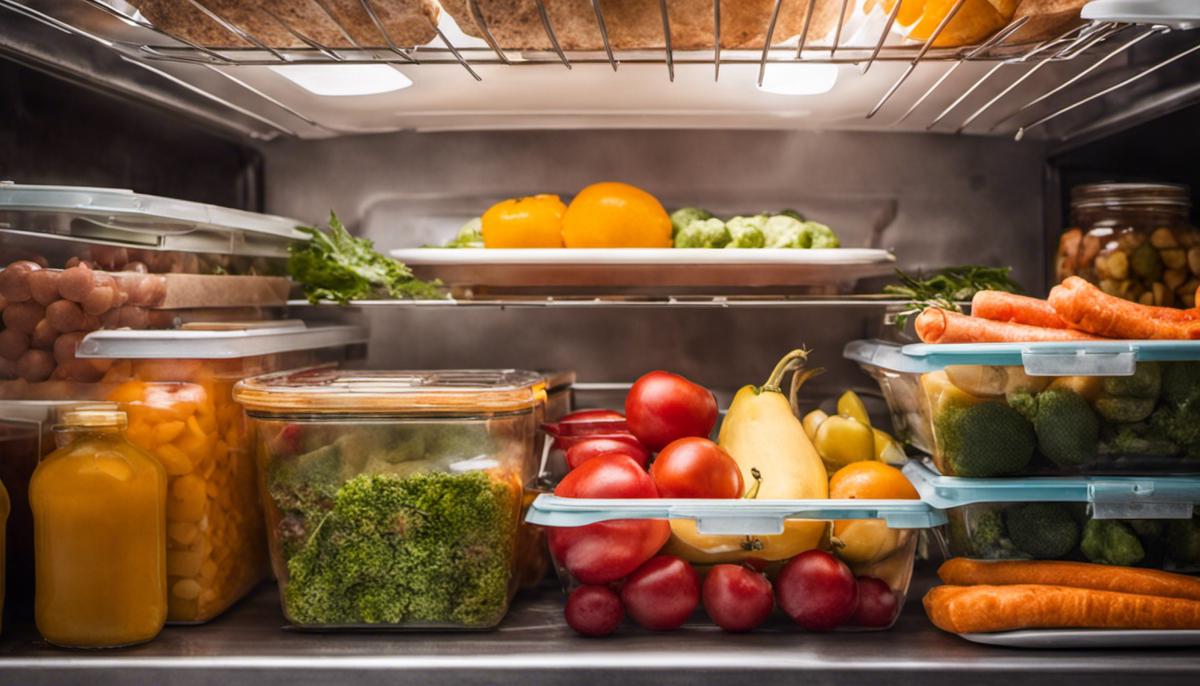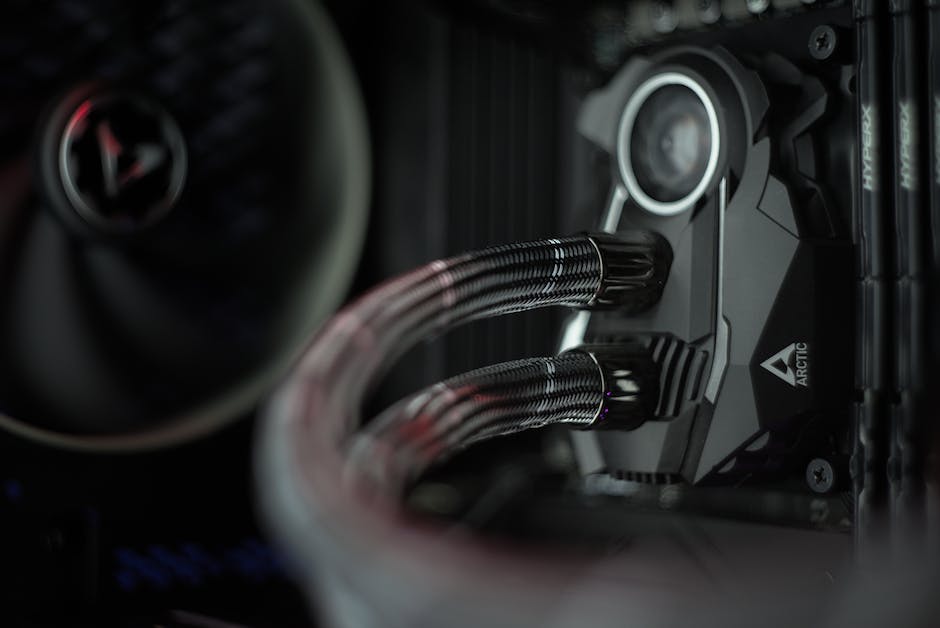Imagine waking up and stumbling across a troubling scenario: your freezer has lost power overnight. Will your food be safe to consume? Freezing is a time-honored method of preserving food, halting the growth of spoilage-causing microorganisms and extending the shelf life of countless food items. Understanding the intricacies of food preservation, specifically freezing, will equip you with the knowledge needed to make informed decisions during a power loss event. This essay endeavors to explore the effects of power loss on freezers, where you’ll grasp how shifts in internal temperature impact the quality and safety of your food. Furthermore, you’ll explore essential food safety measures to enact during power outages, aiding in maximizing the preservation of your perishables and ensuring your dinner plate remains safe.
Understanding Food Preservation
Understanding Food Preservation Through Freezing
Food preservation is the process of maintaining or extending the longevity of food by slowing down the activity of disease-causing bacteria. One of the most common and effective methods of food preservation is freezing. The process of freezing works by slowing down the biochemical reactions in food, effectively inhibiting the growth of spoilage-causing microorganisms.
The Science Behind Preservation via Freezing
The ability of microorganisms like bacteria, yeast, and fungi to grow is severely limited or stopped altogether at freezing temperatures. When you freeze food, any moisture within it turns to ice. This transition state deprives microorganisms of the water they require for growth and reproduction. Essentially, the freezing process puts the spoilage-causing bacteria ‘on hold’, meaning they can’t play their part in causing food to bother going bad.
Factors Influencing Food Preservation in Freezers
The duration for which food can last in a freezer depends on numerous factors, including the type of food, its moisture content, the packaging, and the overall freezer temperature. For instance, high-fat foods like butter and some types of meat can keep longer in the freezer. Packaging that is airtight and moisture-proof also aids in maintaining the quality of food longer, as it helps to ward off freezer burn – a condition caused by air reaching the food and drying it out.
Food Preservation in Freezers Without Power
Now, in the instance of power outages, the longevity of the food in your freezer largely depends on how fully stocked the freezer is and whether or not it remains unopened during the outage. A full freezer can generally maintain its cold temperature for about 48 hours if unopened. In contrast, a half-full freezer may do so for 24 hours. Therefore, it’s beneficial to keep your freezer reasonably stocked, as the mass of frozen food helps keep temperature down for longer.
Food Safety Post Power Outage
Once your freezer’s power has been restored after an outage, it’s important to assess the safety of your food. If foodstuff still contains ice crystals and feels as cold as if it were in a refrigerator (40 °F), it is safe to refreeze. Any food that has thawed and been at above 40 °F for 2 hours or more should be discarded, as harmful bacteria growth is probable.

Effects of Power Loss on Freezers
Understanding the Impact of Power Loss on Freezers
When the power goes out, the freezer stops maintaining its cold temperature. However, it does not immediately warm up. Insulation within the freezer walls helps to maintain the internal cold temperature. That said, the duration for which it can keep the temperature down depends largely on a number of factors such as the model, the initial internal temperature, and the ambient temperature.
How Long Can a Freezer Stay Cold?
A full, freestanding freezer can maintain its cold temperature for 48 hours after the loss of power if the door remains closed. On the other hand, half-full freezers will hold their temperature for 24 hours under the same conditions. It’s worth noting that this duration will be shorter if the freezer is opened frequently or is located in a hot environment.
Factors Affecting the Lifespan of Food during a Power Outage
The type of food stored in your freezer will definitely impact how long it can last during a power outage. High fat content foods like meats and dairy products can spoil quicker than others. Additionally, foods packed tightly together will remain frozen longer because they can maintain each other’s cold temperatures.
Food Safety Measures during Power Outages
It’s crucial to refrain from opening the freezer door during a power outage. Every time the door is opened, cold air escapes, increasing the internal temperature. If you believe the power may be out for an extended period of time, consider moving your food to a cooler with ice or obtaining dry ice. Another strategy is to freeze containers of water ahead of time and use them as ice blocks during a power outage.
How to Tell if Your Food is Still Safe to Eat
After a power restoration, check the condition of your food. If your food still has ice crystals on it or if your freezer is still at 40° F or below, your food should still be safe to consume. On the other hand, food that has been exposed to temperatures above 40° F for more than two hours should be discarded. When in doubt, use a food thermometer to verify the internal temperature of the food product.

Food Safety Measures during Power Outages
Setting the Right Freezer Temperature
In order to effectively prolong the freshness of food during a power outage, the freezer temperature should be set at 0 degrees Fahrenheit or below prior to the outage. This temperature ensures that the food inside is frozen solid.
Keeping the Freezer Door Closed
Ensure the freezer door remains closed for as long as possible. An unopened freezer can preserve food for up to 48 hours during a power outage. This time can be extended to 72 hours if the freezer is full, as the frozen food will help keep the temperature down.
Determining Food Safety After a Power Outage
Once power is restored, it’s crucial to determine if the food in your freezer is still safe to consume. This involves checking the temperature of your food. If a food thermometer shows that the food is still at or below 40 degrees Fahrenheit, it is generally safe to consume or refreeze.
Examine Each Item Individually
It’s important to check each individual food item for ice crystals and smell. If the food still contains ice crystals, it can generally be refrozen. Food that has a strange odor should be discarded.
Dispose Unsafe Food
When in doubt, err on the side of caution by discarding any food that has been exposed to temperatures higher than 40 degrees Fahrenheit for two hours or more. Never taste food to determine its safety, as this can lead to food poisoning.
Plan for Future Outages
Consider keeping a few backup items in your freezer to maintain a colder temperature for a longer period during an outage. These may include gel ice packs or containers of water. If you are aware that a power outage is likely, try to fill the freezer as much as possible, as a fuller freezer will stay cold longer.
Take Advantage of Cold Outside Temperatures
If it’s winter and the outside temperature is below freezing, you can store food in a safe spot outside. However, remember to keep the food secured from wild animals and to monitor the outside temperature to ensure it does not rise above freezing.
Having Backup Options
It’s helpful to have a cooler on hand in case the power will likely be out for a prolonged period. Dry or block ice can help maintain a cooler at a safe temperature for around 24 hours.
Through these measures, you can ensure your food remains as safe as possible during any power outage, and can better understand how to handle your freezer’s contents when the power comes back on.

A power outage doesn’t equate to an urgent dash to consume all the food in your freezer or resigning your contents to the garbage bin. Armed with an understanding of preservation, a close eye on internal temperatures and a keen awareness of safe food practices, you can minimize losses and maintain safety. And remember, judgment should be your foremost tool – when in doubt about the safety of any food item, do not risk it. Rather than mindful of a saying in food safety circles: ‘When in doubt, throw it out.’ Your health and safety are paramount. Here’s to not fearing the dark, power outage or not, and confidently navigating through any freezer mishaps you might face.
